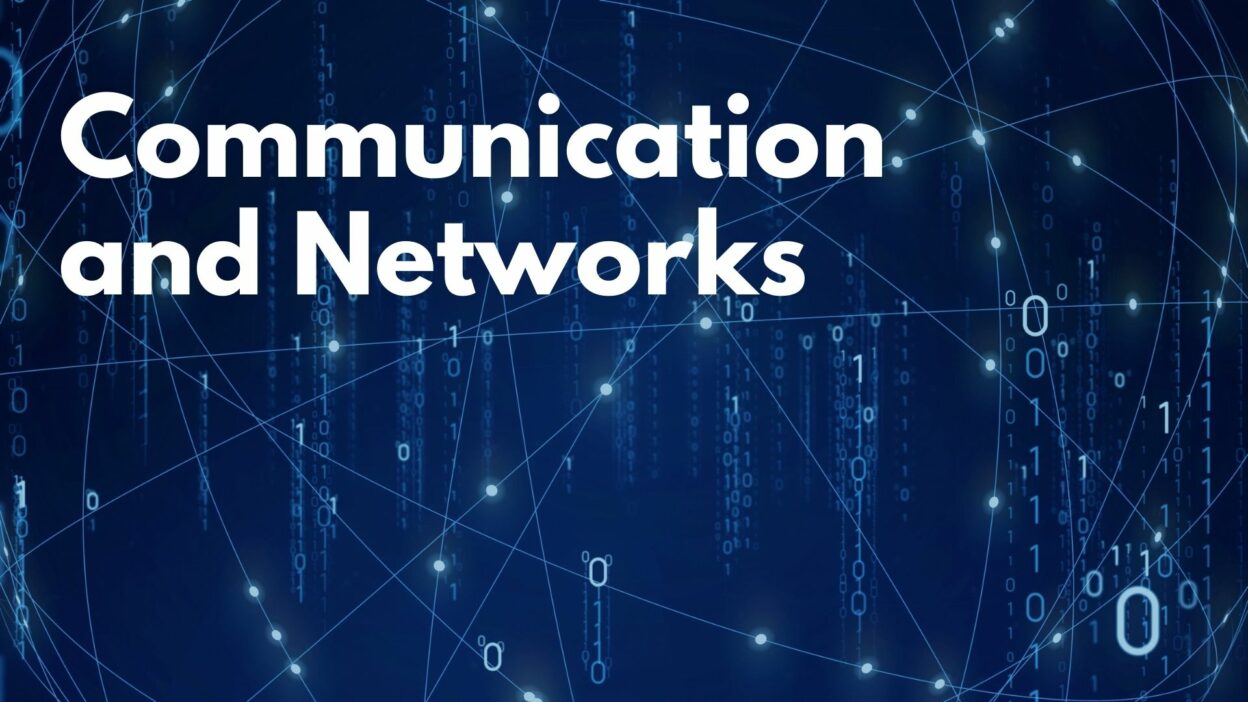NIST has released a new report, IR 8427, that provides additional context and justification for the full entropy assumption used in their SP 800-90 series of publications. The SP 800-90 series offers guidance on generating high-quality random bits for both cryptographic and non-cryptographic purposes.
The security of random number generators relies on the unpredictability of their outputs, which can be measured using a concept called entropy. The SP 800-90 series uses a specific type of entropy called min-entropy to quantify this unpredictability. A full-entropy bitstring is one that has an amount of entropy equal to its length, making it ideal for cryptographic applications.
However, generating and testing full-entropy bitstrings can be challenging. Therefore, the SP 800-90 series assumes that a bitstring has full entropy if the amount of entropy per bit is at least 1 – ε, where ε is at most 2-32. NIST IR 8427 provides a detailed explanation for why this specific value of ε was chosen.
By clarifying the concept of full entropy and the assumptions behind it, this report aims to help users better understand and apply the principles outlined in the SP 800-90 series. This is crucial for ensuring the security and reliability of random number generators in various applications, from cryptography to scientific simulations.
Keywords: Random, Entropy, Cryptographic, Reliability, Security


